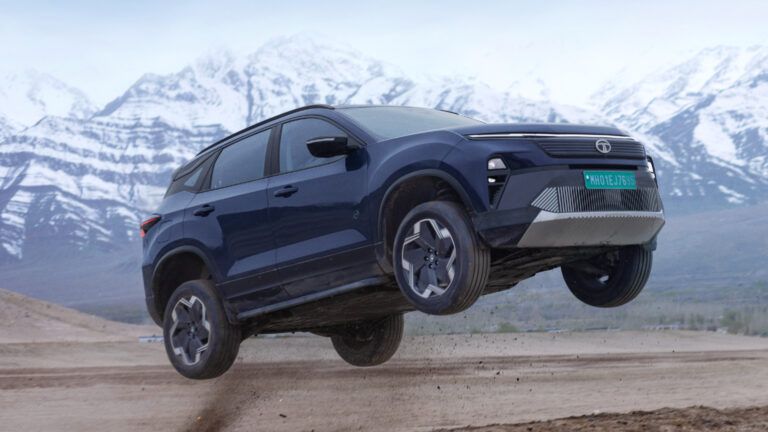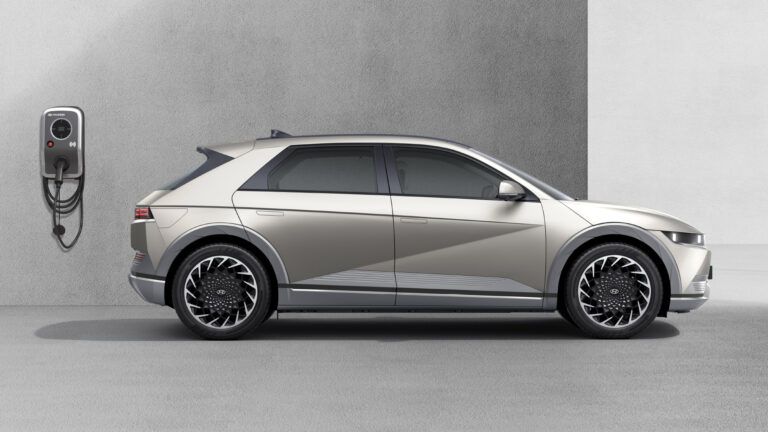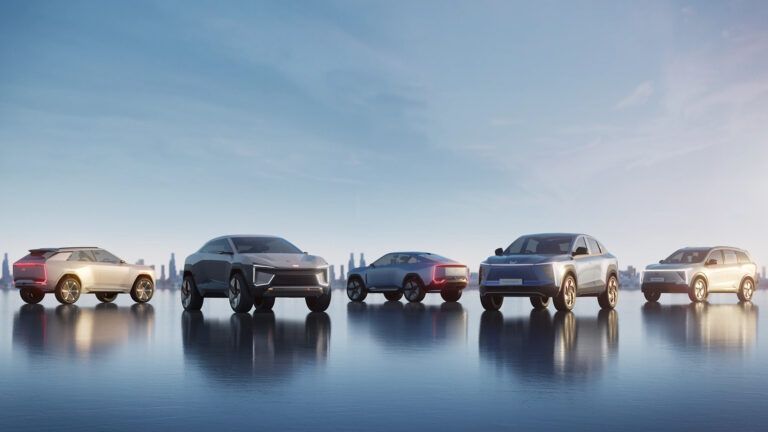Rimac, Croatia’s top supercar company, is introducing a new robotaxi service called Verne. The company named the service after Jules Verne, a famous French novelist and poet. According to the company, Verne will start operating in Zagreb in 2026.
The move into autonomous electric taxi will be interesting since other companies like Nissan and Tesla have already started the trials.
Mate Rimac started the company alone in a garage, but today, it is a highly respected brand. Not just that, many traditional car manufacturers have sought Rimac’s expertise to develop their electric supercars. Rimac gained attention for creating the record-breaking Nevera hypercar. However, it shocked the auto world in 2021 when the Croatian brand acquired Bugatti from Volkswagen, forming a new entity called Bugatti Rimac.
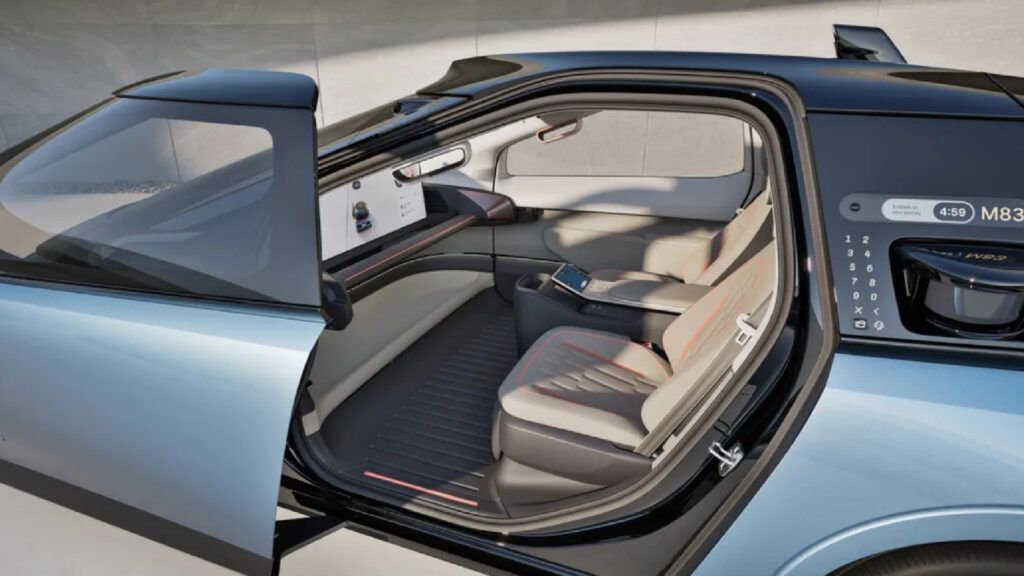
Cutting-Edge Technology
Rimac’s robotaxi will be electric and use autonomous technology from Mobileye, a company owned by Intel. Mobileye supplies self-driving and advanced driver-assist tech to several car manufacturers, and Verne will use the same.
The self-driving system relies on Mobileye’s EyeQ chip and a program called Road Experience Management (REM). REM uses real-time data from vehicles with Mobileye technology to create a global 3D map.
Verne is Level 4 fully autonomous, which means it doesn’t have traditional controls such as a steering wheel and pedals. Moreover, features like windshield wipers and side-view mirrors are absent to reduce drag and improve aerodynamic performance.
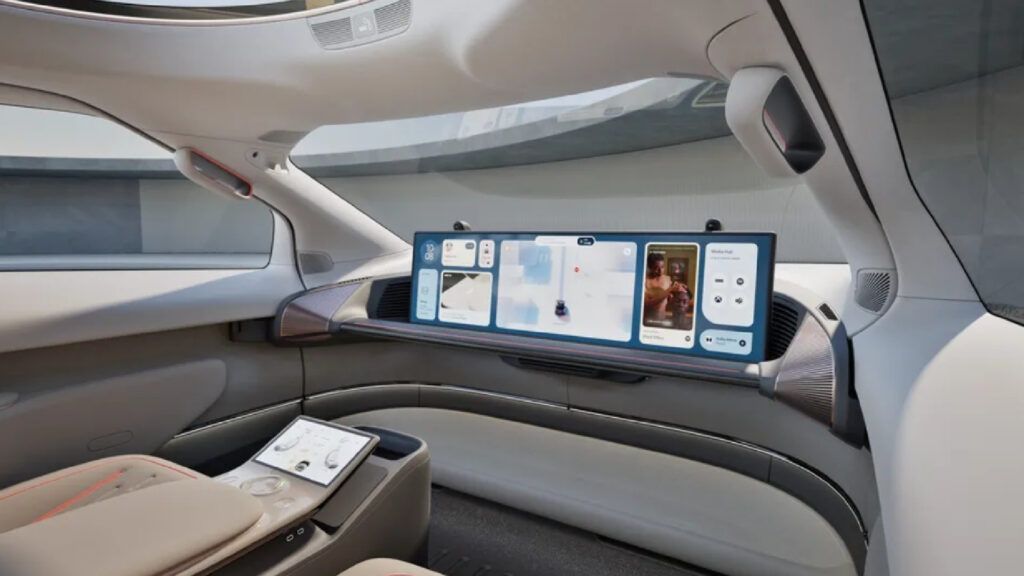
Unique Design and Interior Features
Verne’s autonomous taxi looks different from typical self-driving cars. It is sleeker and much smaller, resembling a two-door hatchback. The vehicle has a large glass area and a slanted windshield that encloses a luxurious interior, unlike most robotaxis. Furthermore, it features two sliding doors for easy entry, which are notably eye-catching.
Choosing a two-seater might seem unusual because robotaxi services use larger vehicles capable of carrying more passengers. However, Verne’s chief designer, Mudri, bases his argument on data that reveals 90% of rides are taken by either one or two people. Also, Mudri claims that a two-seater can accommodate most trips and provide spacious interiors in a compact vehicle size.
According to a statement, Mate Rimac assured Verne’s autonomous ride-hailing service would be affordable for everyone, not just the wealthy.
The dashboard features a 43-inch display and includes widgets for media, cabin controls, and weather. Also, the vehicle has seventeen speakers and a Dolby Atmos sound system.
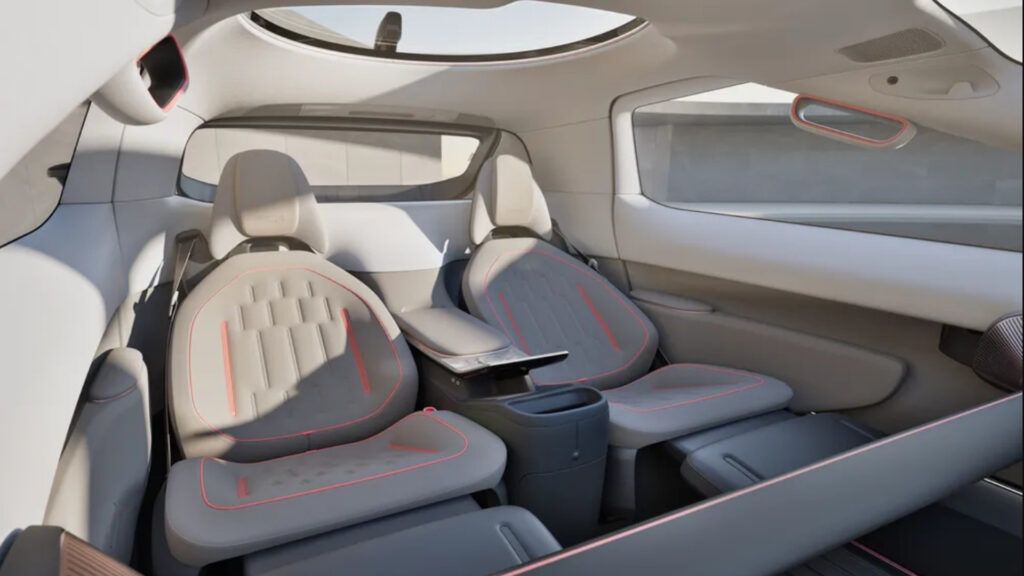
Expansion Plans for Verne Robotaxi Service
Rimac has been developing autonomous technology since 2017. In 2021, the EU granted the Croatian automaker €200 million to develop robotaxis. Additionally, it received funding from Hyundai and Kia.
Following Zagreb, the Verne robotaxi service will expand to other European cities, starting with the UK and Germany, and later moving into the Middle East. While some companies have been testing self-driving cars in Europe, launching a commercial service seems a bit far away.
On the other hand, Alphabet’s Waymo operates autonomous vehicles in numerous US cities. Similarly, Baidu runs many driverless cars in China.
However, Verne aims to be the leading robotaxi operator in the world. The company has secured agreements with 11 cities across the EU, UK, and the Middle East. Moreover, it is in talks with over 30 cities globally. Verne intends to work alongside public transportation systems rather than compete with them.


